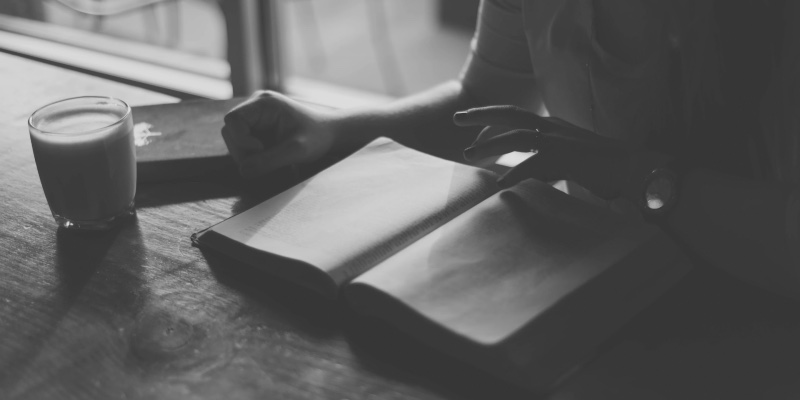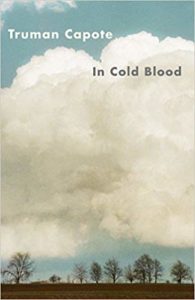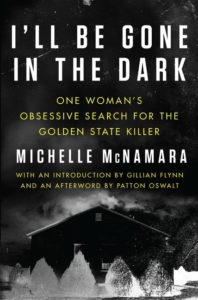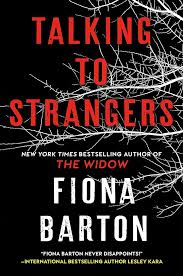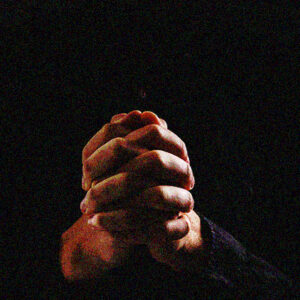It is perhaps unsurprising that women journalists loom large in my books – I spent more than thirty years as one, reporting on major crimes, interviewing the ordinary people caught up in extraordinary circumstances, and skidding up to deadlines.
But, to be honest, I hadn’t planned any reporter characters when I started writing my debut, The Widow. In my mind, it was all about Jean Taylor and her marriage with secrets. But journalist Kate Waters turned up at Jean’s door in the first chapter and just never left. After two more books, The Child and The Suspect Kate deserved a bit of a lie down, allowing the uber-pushy Kiki Nunn, a freelance writer, struggling to make a living in the changing news landscape to take centre stage.
In my new book, Talking to Strangers, Kiki, who is desperate to claw her way back into mainstream media, sees her chance; a woman she interviewed only days earlier about online dating is found murdered and she is determined to uncover the truth first even if it means butting heads with senior detective DI Elise King and entering the dark world of incels.
I met and worked with a number of Kates and Kikis during my career as a reporter and news editor on national newspapers and have been able to draw on that experience to create my characters. But I also have a bank of women journalists in fiction to inspire me – love them or loathe them.
___________________________________
Heroes
___________________________________
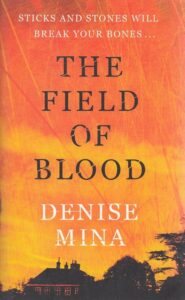
Top of my current list is Patricia ‘Paddy’ Meehan is an 18-year-old “copyboy” who runs errands and makes the editor’s coffee at a Glasgow newspaper in 1981, while she hungrily schemes to be an investigative journalist. She is so ambitious it hurts but we also live her insecurities – remember the disgusting boiled egg weight loss diet, anyone? – and vulnerabilities. The Field of Blood by Denise Mina (published 2018) is brilliantly edgy, dark, dark, dark but with flashes of shocking gallows humour and I felt I was coming home in the newsroom scenes, where Paddy deals with the brutally sexist, heavy drinking and sixty-a-day male staff.
I love True Crime investigations that allow me a real and chilling insight into the criminal mind and although I must tip my hat to the master of the genre, Truman Capote (In Cold Blood 1965) – among the very best is journalist, Michelle McNamara’s masterful account of her cold case hunt for the serial rapist and murderer she dubbed the Golden State killer (I’ll Be Gone in the Dark, 2018). Michelle became obsessed with finding the man who committed 13 murders and 51 rapes, chasing down every lead. Tragically, she was writing the forensic account of her efforts when she died at the age of 46 from an accidental overdose. Two years later, the killer was finally unmasked as a former police officer.
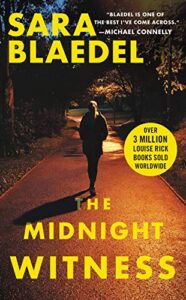
Best selling Danish crime writer, Sara Blaedel pairs a detective and crime reporter in The Midnight Witness (2004), bouncing level-headed officer Louise Rick against her impetuous friend, Camilla Lind, in a race to find the killer of another journalist. The two women, who appear in Blaedel’s brilliant Scandi noir crime series, are beautifully drawn and their friendship and spats punctuate this authentic and compelling portrayal of women operating at the sharp end of life.
I can’t be the only woman journalist to cast an envious glance at the queen of fictional reporters – a Pulitzer Prize winner and ace newshound – Lois Lane. When the going gets tough – as it inevitably does in every DC comic book storyline since 1938 – Clark Kent becomes Superman and swoops to the rescue. It should be noted that Lois has transformed from damsel-in-distress to fearless social crusader but the Man of Steel still turns up when required…
And so to the swampy end of the world of fictional journalism.
___________________________________
Villains
___________________________________
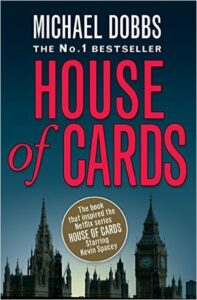
I have to confess a soft spot for the deeply flawed Mattie Storin (House of Cards Michael Dobbs, 1989). Okay, she sleeps with the source of her exclusive stories, the machiavellian politician, Francis Urquhart who uses the young reporter’s ambition to plant his poisonous stories as he manoeuvres himself to the top. But the suffocating interplay between the two characters is brilliantly written, the menace building as Urquhart manipulates Mattie, until the shocking denouement. It made me gasp out loud.
I am a sucker for a juicy villain and am horribly torn between the appalling Rita Skeeter (Harry Potter and the Goblet of Fire, JK Rowling 2005), a British witch and journalist (what a winning combo!) who shamelessly peddles misinformation and toxic stories, and Miranda Priestly (The Devil Wears Prada by Lauren Weisberger 2003), the immaculately groomed dragon lady editor in chief with horns.
***

